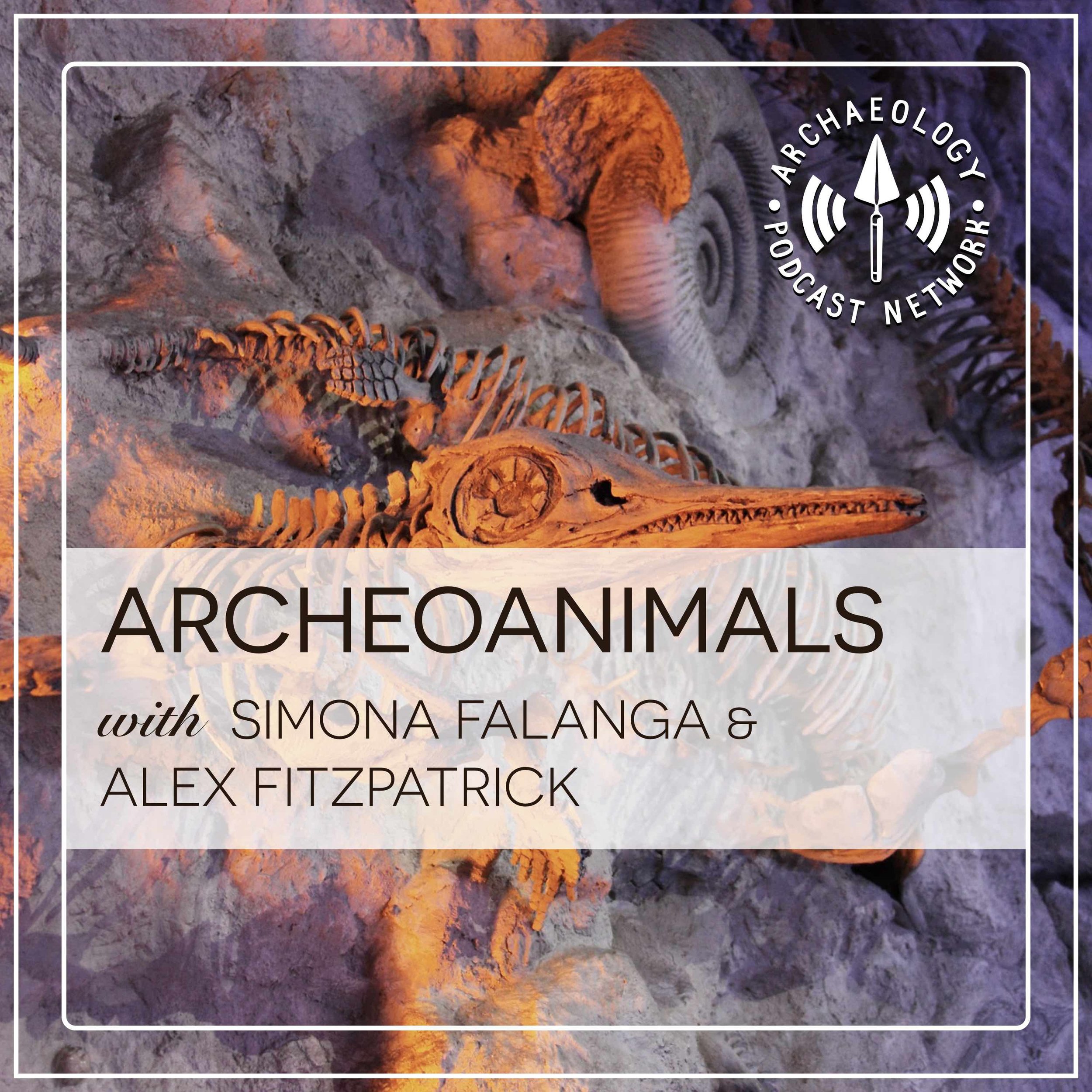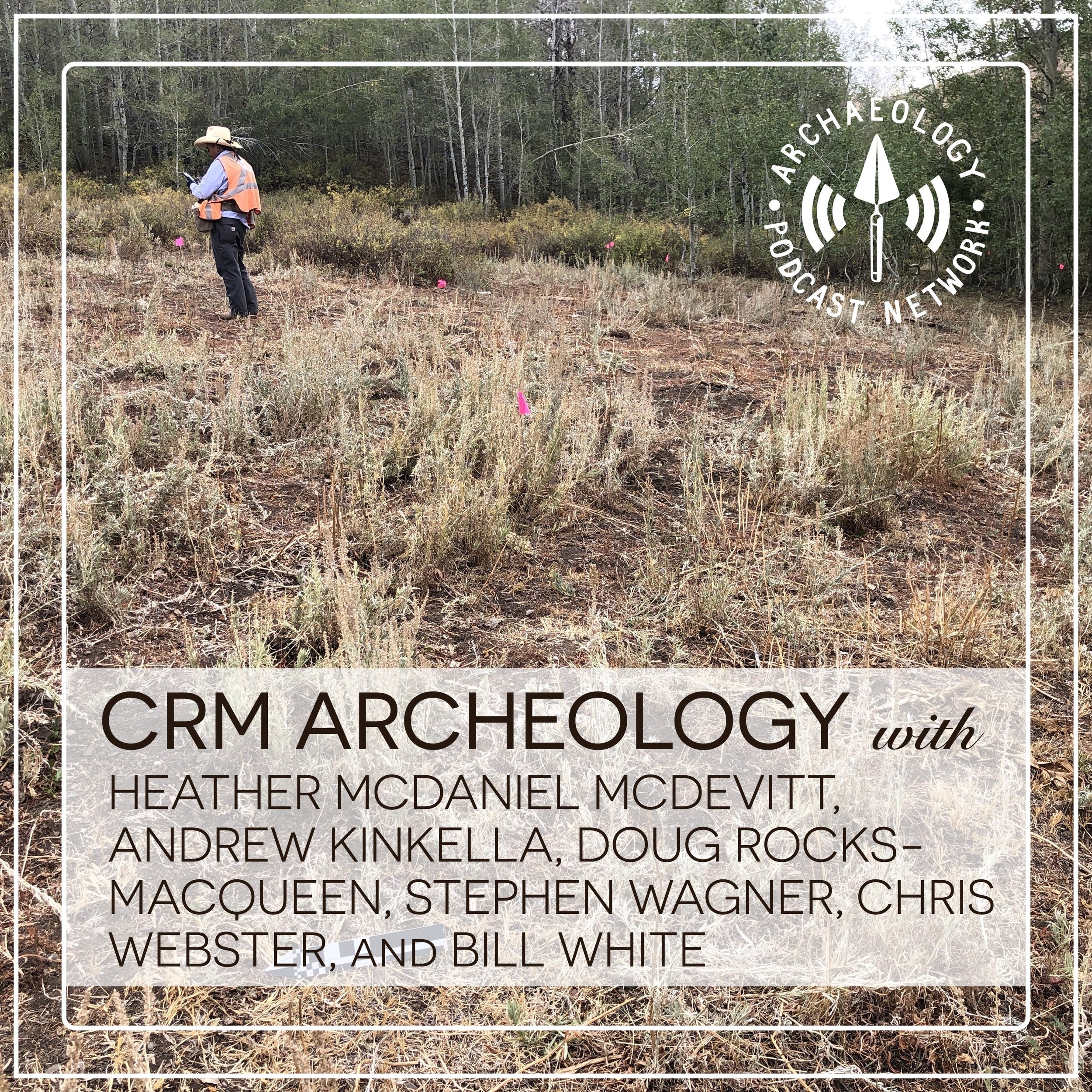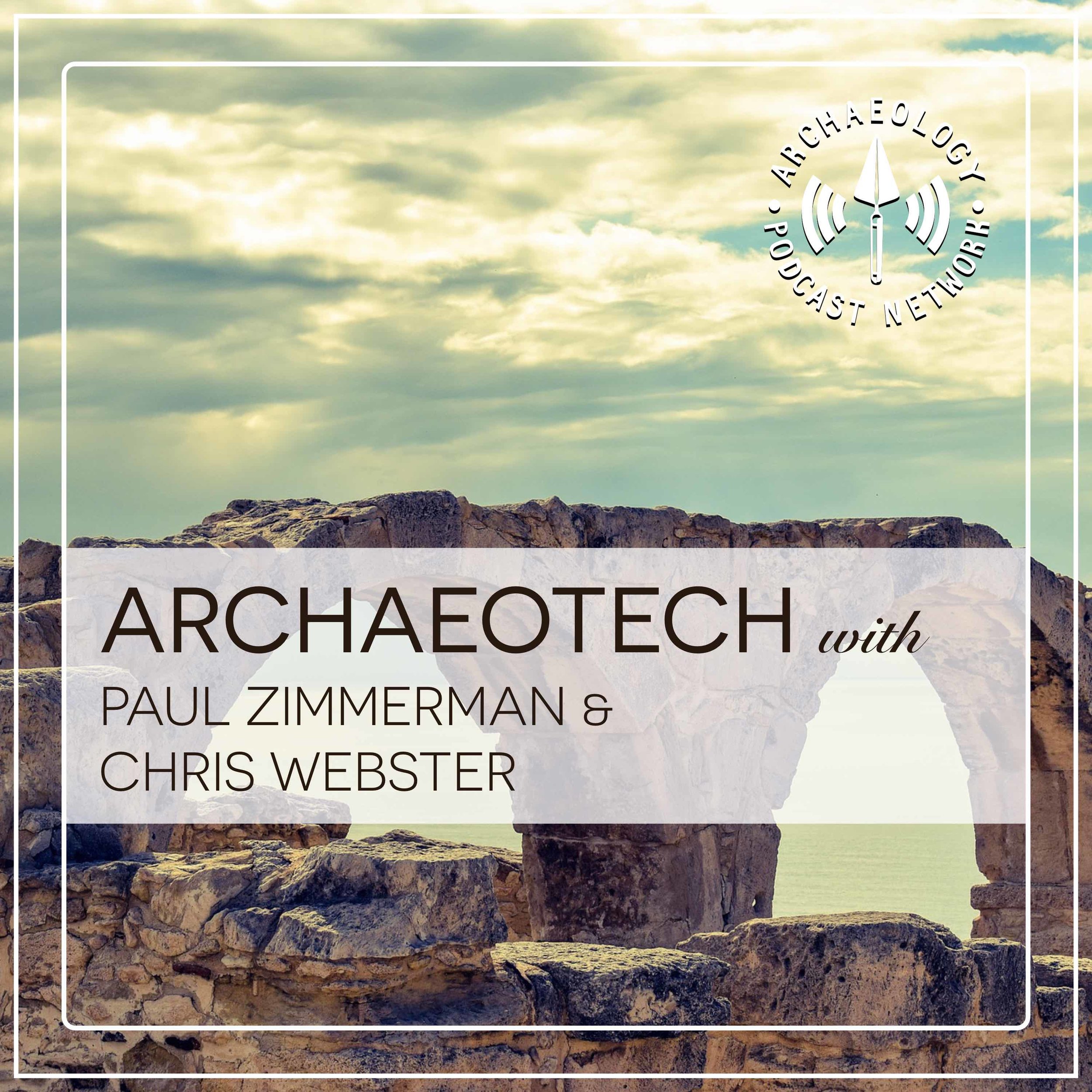Welcome to episode three of a miniseries focusing on the zooarchaeology of various world regions. This episode is centred around American zooarchaeology, focusing on the natural history and anatomy of the most prominent wild and domesticated species found throughout North and South America. Tune in for beaver-pretenders, bison-cattle hybrids and even more moose/elk arguments!
Connect with James on Twitter: @paleoimaging
Transcripts
Links
Anning, C. (2011) Inca success in Peruvian Andes 'thanks to llama dung'. BBC News.
Crader, D. C. (1997). Prehistoric use of beaver in coastal Maine (USA). Anthropozoologica, 25(26), 225-236.
- Halbert, N. et al. (2007). "Where the buffalo roam: The role of history and genetics in the conservation of bison on U.S. federal lands". Park Science. 24 (2): 22–29.
Hirst, K.K. (2018) Llamas and Alpacas: The Domestication History of Camelids in South America. ThoughtCo.
Hubbard, T. (2014). Buffalo Genocide in Nineteenth-Century North America. Colonial genocide in indigenous North America, 292-305.
Petrigh, R. S., & Fugassa, M. H. (2013). Molecular identification of a Fuegian dog belonging to the Fagnano Regional Museum ethnographic collection, Tierra del Fuego. Quaternary International, 317, 14-18.
Miller, G. R. (2003). Food for the dead, tools for the afterlife: Zooarchaeology at Machu Picchu. In Burger, R. L., and Salazar, L. C. (eds.), The 1912 Yale Peruvian Scientific Expedition Collections from Machu Picchu: Human and Animal Remains.
Saunders, N. J. (1994). Predators of Culture: Jaguar Symbolism and Mesoamerican Elites. World Archaeology, 26(1), 104–117.
Speller, C. F. et al. (2010). "Ancient mitochondrial DNA analysis reveals complexity of indigenous North American Canham domestication". Proceedings of the National Academy of Sciences. 107 (7): 2807–2812.
Turner, B. L., and Armelagos, G. J. (2012). "Diet, residential origin, and pathology at Machu Picchu, Peru". American Journal of Physical Anthropology. 149 (1): 71–83.
https://historicjamestowne.org/collections/artifacts/faunal-material/
https://blog.nature.org/science/2017/11/20/tracing-the-wild-origins-of-the-domestic-turkey/
Contact
Alex FitzpatrickTwitter: @archaeologyfitz
Simona FalangaTwitter: @CrazyBoneLady
Alex’s Blog: Animal Archaeology
Music "Coconut - (dyalla remix)" https://www.youtube.com/watch?v=_2UiKoouqaY







